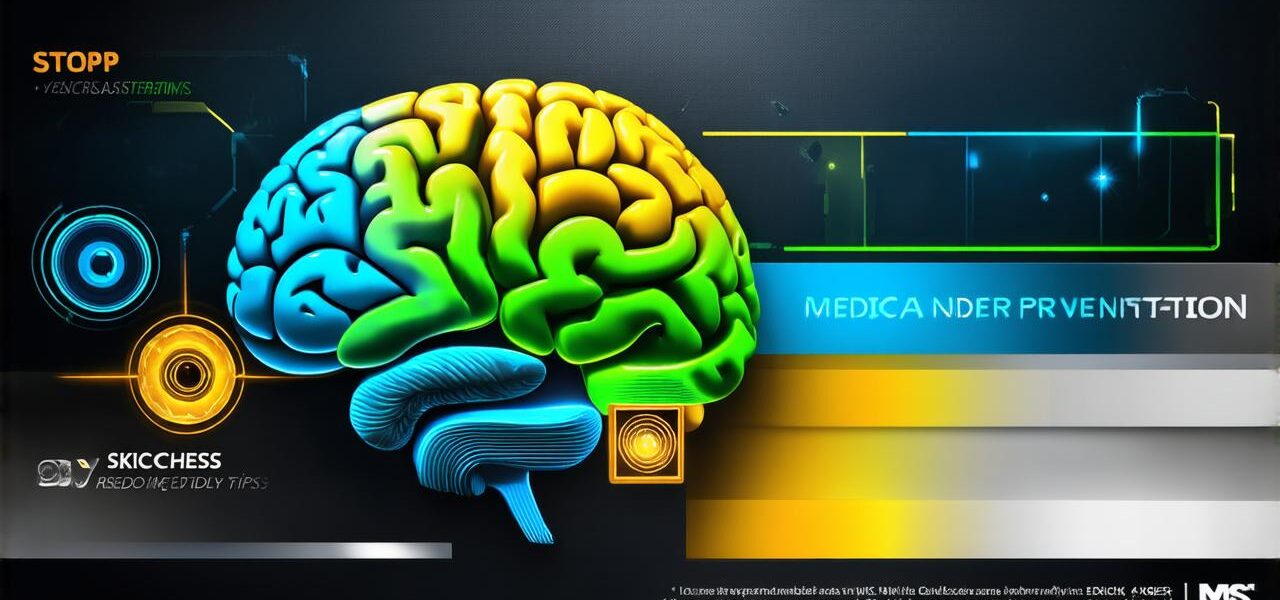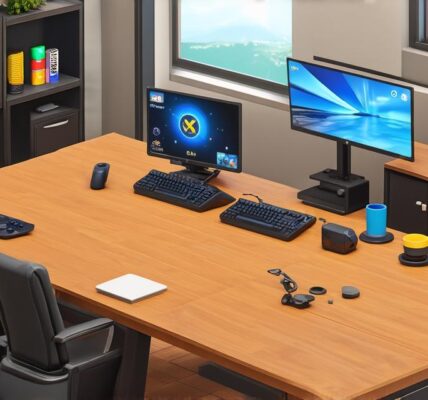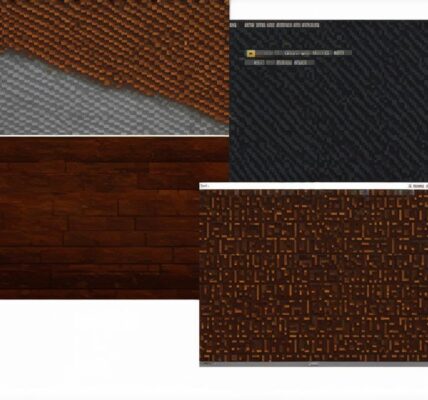Understanding Motion Sickness
Before we dive into the solutions, it’s important to understand what causes motion sickness in the first place. Motion sickness is typically caused by a mismatch between the visual and sensory inputs that our brain receives while playing a game. For example, if the graphics on the screen are moving faster than the player’s physical movements, this can cause motion sickness.
Symptoms of Motion Sickness
Motion sickness can manifest in various ways, including:
- Dizziness or vertigo
- Nausea and vomiting
- Headaches
- Blurred vision
- Fatigue and weakness
Tips for Reducing Motion Sickness
There are several techniques that you can use to reduce motion sickness in your games. Some of these include:
-
Adjusting the graphics settings
-
Adding anti-aliasing
-
Using a steady camera
-
Implementing motion compensation
-
Providing options for players
One of the simplest ways to reduce motion sickness is by adjusting the graphics settings on the game. For example, you can try reducing the frame rate or increasing the field of view (FOV). These changes can help to smooth out the visual inputs and make it easier for players to keep track of where they are in the game.
Anti-aliasing is a technique that involves smoothing out the edges of pixels in the graphics. This can help to reduce the visual noise that can contribute to motion sickness, making it easier for players to focus on the game without becoming nauseated.
A steady camera is another effective way to reduce motion sickness. By keeping the camera moving at a consistent speed and direction, you can help to create a more stable visual experience that is less likely to cause dizziness or nausea.

Motion compensation is a technique that involves compensating for the player’s physical movements in real-time. This can help to reduce the visual differences between what the player sees on the screen and what they are experiencing in the real world, which can help to reduce motion sickness.
Finally, it’s important to provide options for players who may be prone to motion sickness. For example, you could offer different graphics settings or camera modes that allow players to customize their experience and find what works best for them.
Real-Life Examples of Effective Techniques
Let’s take a look at some real-life examples of games that have effectively reduced motion sickness:
-
Beat Saber
-
Skyrim VR
Beat Saber is a music rhythm game that has been praised for its ability to reduce motion sickness. The game uses a steady camera and provides players with options to customize their experience, such as adjusting the field of view or reducing the graphics quality.
Skyrim VR is a virtual reality (VR) version of the popular role-playing game, Skyrim. The game uses motion compensation to reduce the visual differences between what the player sees on the screen and what they are experiencing in the real world. This can help to create a more stable and immersive experience that is less likely to cause motion sickness.




